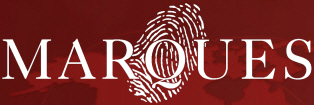|
An Application for a Patent must be made to the Patents Office accompanied
by a Patent Specification. A Patent Specification must contain a description
of the invention, one or more claims, and any drawings which are referred to
in the description to illustrate the invention. The Patents Office grants a
Patent for an invention, which it finds is an advance on the state of the
art (novel) and is not an obvious development.
Under a Treaty known as the Paris Convention, an Applicant can within 12
months, seek Patent protection in another member country and claim priority
back to the date on which the first application was filed.
|




